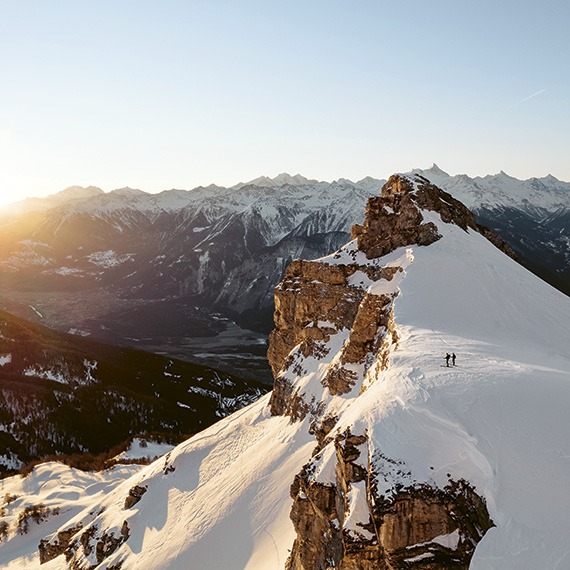
When the Bise Noir blows
Geneva readies its surfboards
Unpredictable, violent, and often accompanied by heavy rains, the winter Bise Noir wind sometimes strikes Lake Geneva, redrawing the banks in a flurry of storms and waves. These rare moments are captured by photographer Loris Von Siebenthal.
2004 and 2023 were historic years, marked by intense onslaughts of the Bise Noir. It’s a phenomenon that peaks once every twenty years on average, blasting winds through the icy, watery air that reach nearly 100 km/hr in the lowlands and 140 km/hr at higher altitudes. For security services and lakeside residents the results are often sobering: broken and downed trees, rooftops and tiles that have been ripped away, flipped motorbikes and scaffolding, not to mention a host of cancelled flights and boat crossings. At its strongest, this wind is known to completely wrap the lake’s surrounding shorelines, docks, streetlights, boats and even cars in a thick coat of ice and stalactites.
While the classic Bise is a north or northeasterly wind that’s accompanied by what feels like a cold sun, the Bise Noir brings a low cloud ceiling and highly humid air that comes up from the Mediterranean and meanders around the Alps until it finally hammers its wet, icy chill into Lake Geneva and the Jura region. This humid, easterly to southeasterly flow is a climactic anomaly that usually rears its head between autumn and late winter, often bringing the year’s heaviest snowfall (up to 50-60 cm in a day). Elders will tell you these episodes typically last three, six or nine days at a time.
I wanna surf
Despite the dark clouds it often brings, the Bise Noir evokes an entirely different feeling for local boardsport enthusiasts. Its strong, biting winds actually — for once — create waves on Lake Geneva, notably at the bottom of the bay by the quais, by Baby Beach, or by the jetty in Versoix. While its generally nothing spectacular per se, it is certainly an opportunity for Genevans to jump in the water (with a thick, fully zipped wetsuit, of course!) for an urban session of island-style sports. Anyone who experienced that exceptional and legendary “Big Thursday” on February 13, 2014, when a 1.5 m swell formed in the wake of Cyclone Tini, with gusts up to 80 knots (150 km/hr) is sure to remember it… Normally, you’ll have to make do with 20, 25, maybe 30 knots. It’s still enough to stay up on the board for a few seconds and watch the kiters take off. But it’s not for the faint of heart: the lake’s waters hover at around 8°C… and being freshwater, it feels even colder!





















